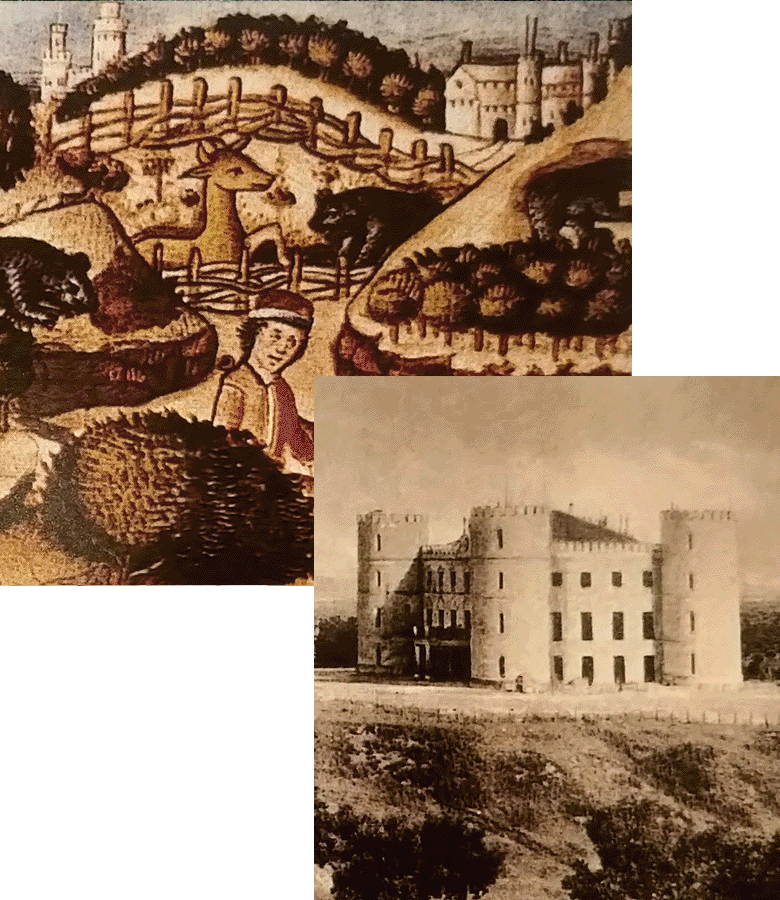The Historical Framework
The fortified tower
The Viñuelas Forest is located in the extensive territory formed by the valleys of the upper Manzanares to the south of the Guadarrama mountain range.
In the centre of the fortified tower that formed part of the chain of fortresses established for defensive purposes around the region of the Moorish Mageril, these constituted the security system that the Arabs possessed in the area: ‘... behind the Guadarrama which already served as a frontier to the enemy, standing out like a sturdy bulwark of the wavering kingdom of Toledo’.
As described by the historian José María Cuadrado. It was here that some of the interminable battles that were then taking place between the infidels and the Christians took place. It was the peak period when Ramiro II, King of Leon (931-951) in his raids against the Saracens managed to reach the centre of the Caliph's dominions: it was when Ferdinand I the Great (1010-1065) ran victoriously from the Guadarrama mountains to the Tagus, sweeping away everything that came his way: or when his son Alfonso VI the Brave (1040-1109) managed to add the vast territories of Magerit and Toledo to the Crown.


